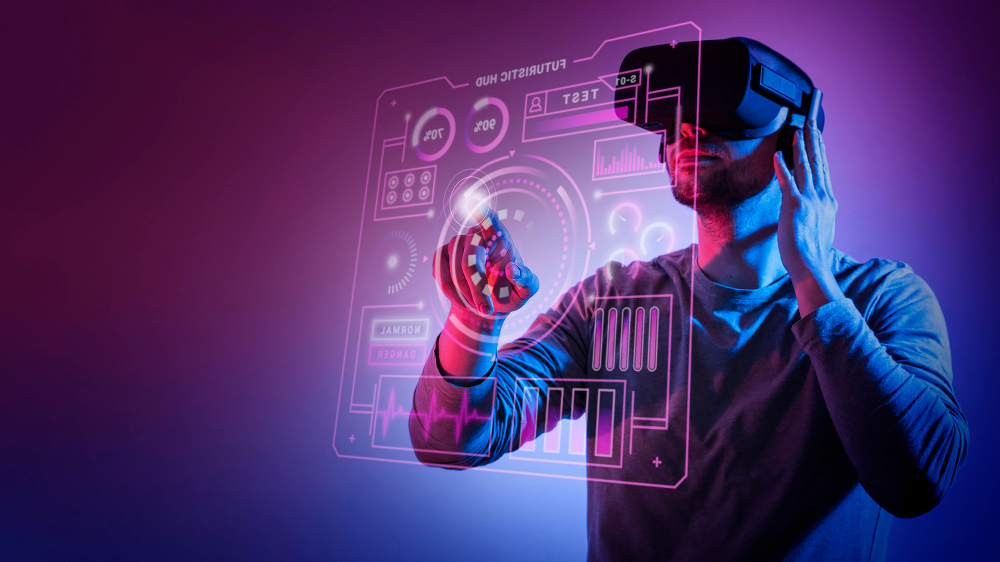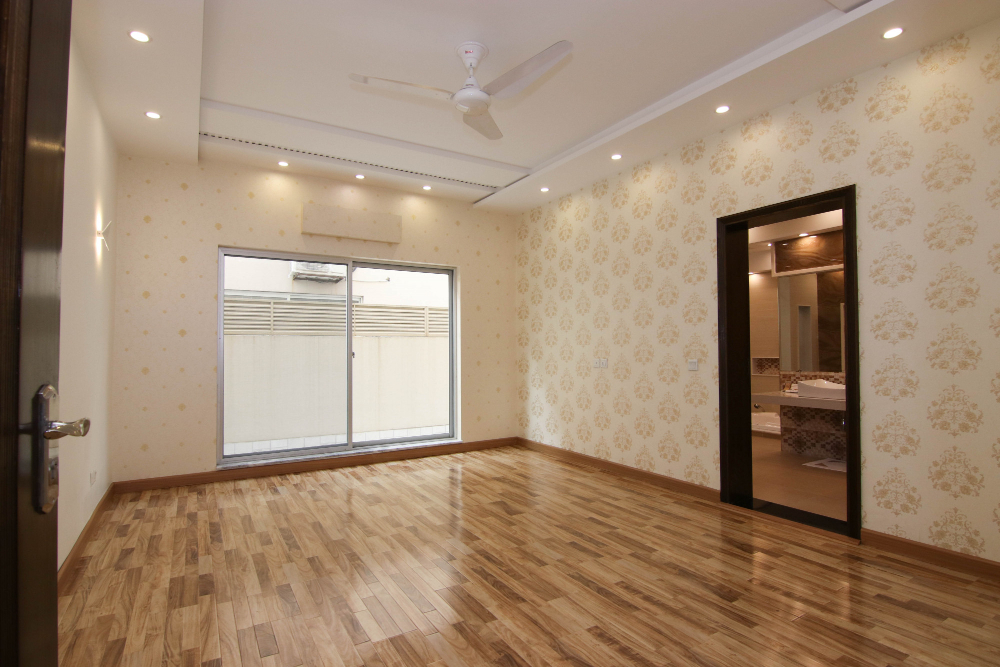Virtual Reality in Real Estate: Transforming Experience
Virtual Reality in Real Estate: How Is It Changing the Buying and Selling Experience?
Have you ever imagined being able to visit your future home while sitting in your living room? That’s exactly what virtual reality in real estate offers—a powerful tool for marketers and investors that transforms the customer journey from merely viewing static photos to taking immersive virtual tours. This technology lets customers explore every corner of a property before deciding to buy or rent, saving time and increasing the likelihood of closing the deal. If you want to know how this technology can boost your sales and attract clients, keep reading to discover details that could change the way you operate in the real estate market.
What Is Virtual Reality in Real Estate?
Virtual reality in real estate is the use of computer-simulation technologies to create a three-dimensional digital environment that users can explore as if they were at the actual property. Using VR headsets—or even through computer screens and smartphones—a buyer can take a virtual tour of an apartment or villa before visiting it physically, with the ability to interact with elements in the environment such as opening doors, changing the lighting, or even modifying wall colors to see the final result. This experience gives the client a greater sense of realism compared with traditional photos or videos.
Benefits of Virtual Reality in Real Estate
- Immersive customer experience: The buyer feels as if they are already inside the property, helping them imagine life in the new home.
- Saving time and effort: Eliminates the need for multiple visits to properties that may not suit the buyer.
- Higher chances of closing: Showcasing a property’s features realistically helps persuade customers faster.
- Reaching clients outside the city or country: Ideal for international investors or expatriates looking to purchase property in the Kingdom of Saudi Arabia.
- Lower long-term marketing costs: Once created, a virtual tour can be reused indefinitely to attract customers.
Examples of Virtual Reality Use in the Saudi Market
In the Kingdom of Saudi Arabia, many real estate companies are adopting this technology within their marketing strategies, especially amid strong competition and megaprojects such as NEOM and THE LINE. Some developers provide virtual tours for residential projects before construction is completed, giving customers the chance to reserve units early. Aqar Blog also highlighted in the article Internet of Things in Saudi Arabia: Control Your Home the importance of integrating smart technologies with tools like virtual reality to deliver a holistic resident experience.
Comparing Property Presentation Methods
| Method | Advantages | Disadvantages |
|---|---|---|
| Traditional photos | Easy and quick to prepare; low cost | Does not convey a true sense of space |
| Video | Shows areas and angles more clearly | Limited interactivity and engagement |
| Virtual reality | Interactive tours; 360-degree view; full immersion | Higher initial setup cost |
Virtual Reality as a Real Estate Marketing Tool
Real estate marketing is no longer limited to print ads or photos on websites; virtual reality in real estate has become an effective way to differentiate a project from competitors. It can integrate with other strategies such as social media marketing or search engine optimization (SEO) to reach a wider audience. As noted in the article PropTech: How Will Technology Change Real Estate in Saudi Arabia, integrating modern technologies enhances brand value and increases sales opportunities.
How Can You Integrate Virtual Reality into Your Real Estate Projects?
- Shoot the property in 360 degrees to provide a comprehensive view.
- Set up an interactive virtual tour using specialized software.
- Embed the tour on the project website or the company’s app so clients can access it easily.
- Promote the experience on social media with clear calls to try the tour.
- Keep the virtual tour updated whenever changes or improvements are made to the property.
Challenges Facing the Use of Virtual Reality in Real Estate
Despite its substantial benefits, there are some challenges to consider, such as the high cost of the required equipment and software, and the need for a professional technical team to produce high-quality virtual tours. Some clients may also find the technology difficult to use if they are not accustomed to modern devices, which calls for providing clear guidance and onboarding.
Frequently Asked Questions
1. Is virtual reality in real estate expensive?
Its initial cost can be relatively high, but the return from increased sales justifies the investment over the long term.
2. Can the technology be used for all property types?
Yes. It is suitable for apartments, villas, offices, and commercial projects.
3. Do clients need special equipment?
They can use VR headsets—or even a smartphone or computer—to experience the virtual tour.
4. Can virtual tours be updated easily?
Yes. Once changes are made to the property, the tour can be updated using the same data set.
Conclusion
In short, virtual reality in real estate has become an integral part of modern real estate marketing strategies. It not only enhances the customer experience but also helps close deals faster and increases sales. If you are a developer or a real estate marketer, investing in this technology is a smart step toward a more successful and innovative future. Learn more about real estate innovations via the Aqar Blog, and don’t forget to follow our account on X: @aqarapp.








